Do you want to know what are the meteorological phenomena on our planet earth? here we learn
The meteorological phenomena surround us daily, rain, snow, hurricanes, typhoons etc. Knowing them well sometimes can be useful, especially if we live in some areas of the planet where some of these phenomena hit hard and destroy cities, ending with the lives of some people.
A natural phenomenon refers to a change that occurs in nature. Sometimes damages are created that occur when an inadequate occupation of the territory has been carried out. They are permanent processes of movements and transformations that nature suffers. These can influence human life (epidemics, climatic conditions, natural disasters) among others.
The most common weather phenomena are rain or wind. But there are others that only occur at certain times such as snow or are more likely in certain geographical areas such as hurricanes.
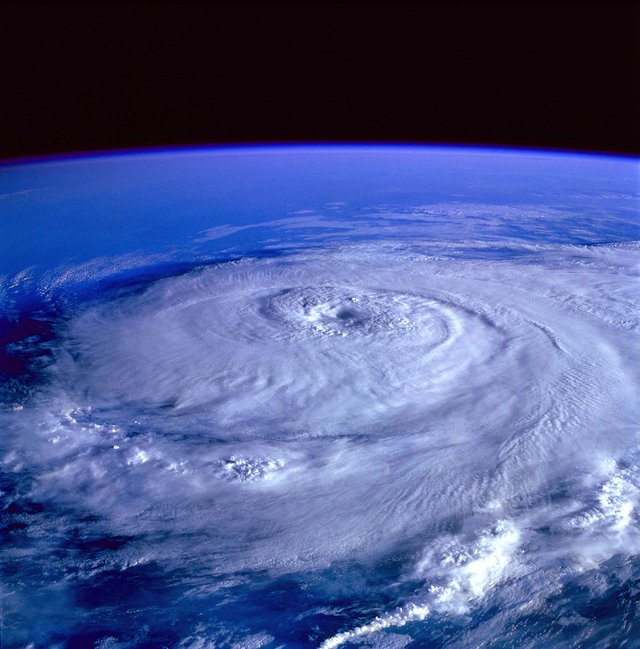
Types of Phenomena
- Rain: It is the precipitation of water that falls to the earth from the clouds, which are concentrations of water vapor composed of tiny drops, which when condensed form larger ones that fall on the earth. Rain is more common in humid areas such as the son, such as the tropics.
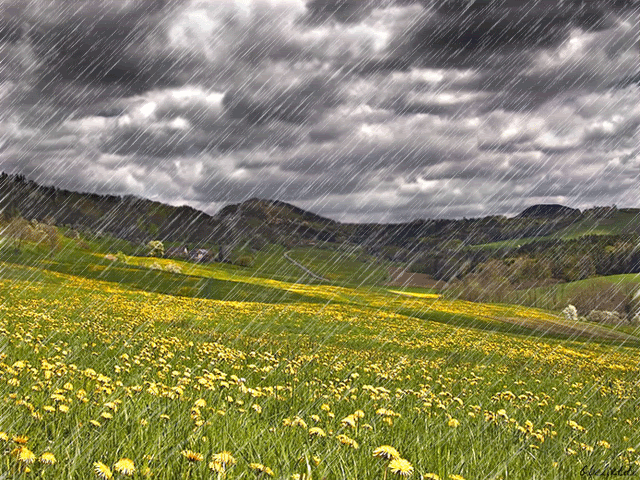
- wind: this atmospheric phenomenon is due to the movements of air caused by differences in temperature and atmospheric pressure. As the air warms, it expands, becomes less heavy and tends to rise above the masses of cold air. There are also types of winds from places that originate in certain geographical and climatological characteristics of the place such as sirocco.
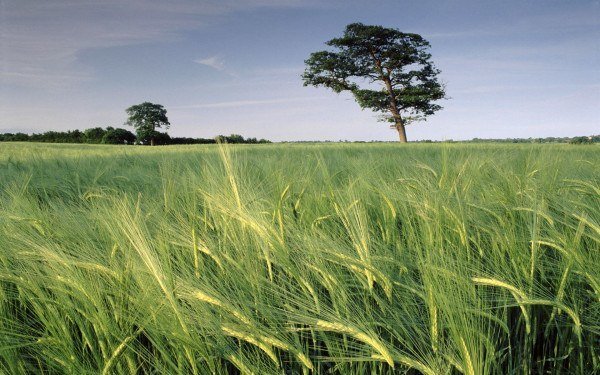
- Snow: it is a meteorological phenomenon that only occurs when the temperature of the atmosphere is below 0 degrees Celsius. This causes the small raindrops in the clouds to freeze and form ice crystals that fall on the earth in the form of flakes. The probability that snow in a certain place is also conditioned by the geographical situation. So it can be said that at higher altitudes, the greater the possibility of snow, and the closer to the equator, the less chance of snow.

- Hurricane: is a meteorological phenomenon consisting of a tropical storm that forms in the sea, characterized by the power of its winds exceeding 120 km / h. They are generated in areas of low atmospheric pressure. It is usually reserved the name of hurricane for storms of this type that occur in the Atlantic Ocean.

- Electric storm: is a meteorological phenomenon consisting of a storm characterized by the presence of lightning and thunder. The rays are electrical discharges that are originated by the shock of the positive and negative electric charges of the clouds. The thunder is produced as a result of lightning. They are the noise generated by electrical discharges and transmitted through the air. The thunder is always after the lightning. Hail: are drops of water converted to ice. They originate both in summer and in winter, and generally, in a type of characteristic clouds that receive the name of cumulonimbus.
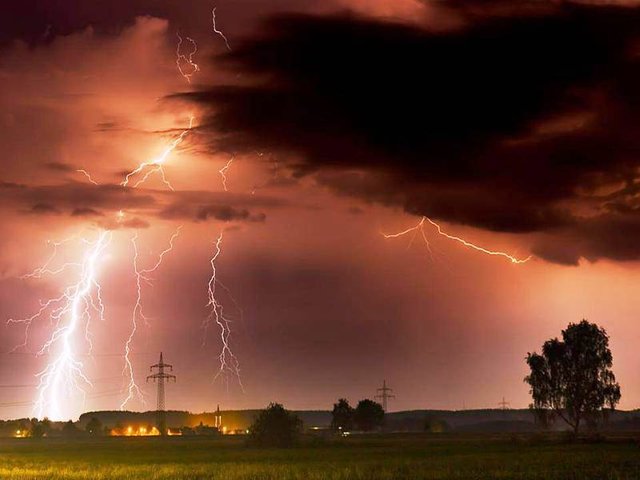
- Rainbow: is the decomposition of light in the colors that form it. It occurs when the beams of sunlight pass through the raindrops.
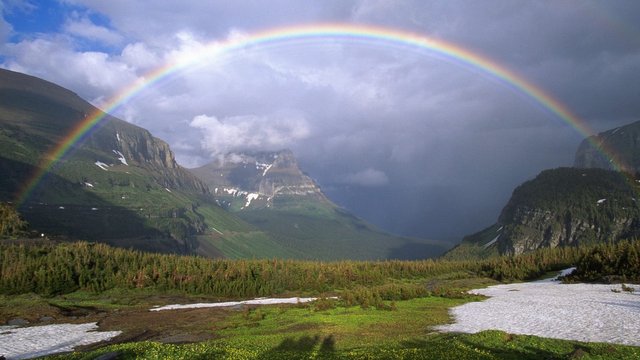
- Tornado: it is a column of rotating wind that extends from the ground to the clouds. It occurs under certain conditions when a stream of cold and dry air collides with another of hot and humid air. Typhoon: is the name that hurricanes receive when they originate in the Pacific Ocean.
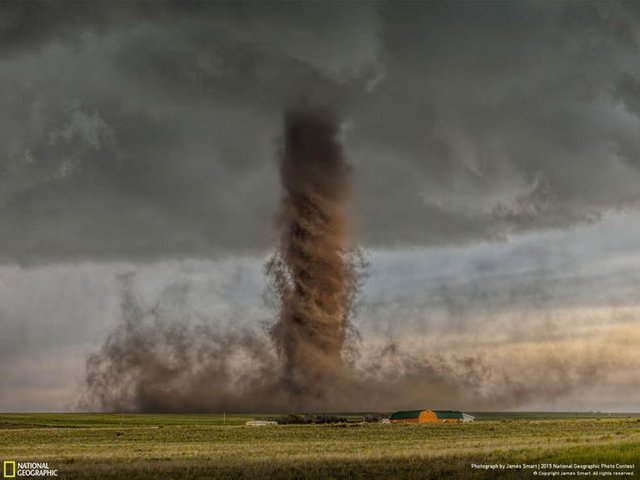
- Flooding: Slow or violent invasion of river waters, lagoons or lakes, due to heavy fluvial precipitations or ruptures of reservoirs, causing considerable damage. It can occur slowly or gradually in plains, and violently or suddenly, in mountainous regions of high slope.
Temporal and spatial scales
Atmospheric phenomena operate on related scales, in the sense that the less space involved in the development of the phenomenon, the more compromising is its nature. In fact, it is necessary to refer to the planetary scale (covering more than 10,000 km of linear extension) when we talk about the general circulation of the atmosphere and we speak of a synoptic scale (between 1,000 and 10,000 km of linear extension) when it is described the secondary circulation. Both magnitudes are known as macroscale.
In the case of tertiary circulations, reference is made to mesoscale phenomena (covering between 100 and 1,000 km of linear extension) which include complex cloud formations (groups known as "clusters") and also of local scale ( covering between 10 and 100 km of linear extension) which includes the phenomena of the island of urban heat and severe local storms.
On the other hand, the convective scale is the dimension of the phenomena that affect disturbances of time focused on small territories (covering between 1 and 10 km of linear extension) as areas of showers or fog fields. Turbulent scale is considered to be wind gusts (which include spaces less than 1 km long).
- SOURCE
- http://www.prmarg.org/fenomenos-meteorologicos
- https://es.wikipedia.org/wiki/Fen%C3%B3meno_natural#Desastres_naturales
- https://www.meteorologiaenred.com/category/fenomenos-meteorologicos